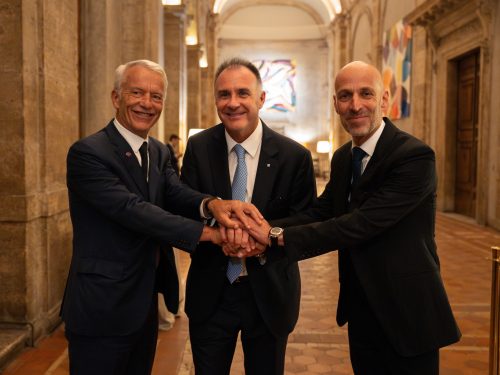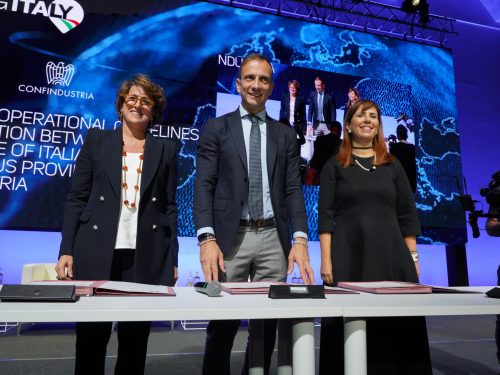News
Share on
It is necessary "to spend the resources of the NRP and cohesion policy funding quickly and well, with structural projects that increase the competitiveness of the territories," said Vito Grassi, President of the Council of Regional Representations and for Territorial Cohesion Policies and Vice-President of Confindustria, in Sole 24 Ore, presenting the conference 'Transition and Development: the Future of the EU and the Regions', taking place today in Venice. "Italy has the funds available to overcome the gaps. But it is necessary rethinking our development modelWe must be more cohesive, in Italy and in Europe. The EU must be more and more central, pivoting on European industrial autonomy'. Thus the Vice-President, stating that it is 'an approach to be applied inside and outside our borders. We must approaching regionalism from a dual perspectivereaffirming the importance of regions and territories for the development of the country, while being aware of the fundamental role of Europe'. To this scenario, Grassi added another priority: 'involve industry, strengthen public-private partnerships in the implementation of projects, because it is enterprise that creates development and wealth'.
On differentiated autonomythe subject at the centre of political debate in recent weeks, Grassi drew attention to the need not to increase public debt and, above all, not dividing Italy, compromising national unity. "The mistakes of the past are proof that strategic subjects and those that can be subject to autonomy must be clearly identified". These issues will be at the heart of Vito Grassi's opening speech today at the event scheduled in Venice, an opportunity for companies, institutions and politics to meet, with the participation of four ministers of the Meloni government, European institutions, governors and entrepreneurs. "We will ask the policy some questions - said the Vice President: how many resources will be able to be committed in 2023 and how many will be allocated to the South, if and how a reshaping of the funds will be carried out and, in addition, we will ask for greater involvement of the social partners in the steering committee. On the part of the companies, there is complete willingness'. An approach of sharing and cooperation that Grassi hopes will also be adopted in other areas such as: 'the energy transition and the environment; the digital transitionon which Industry 4.0 must be relaunched; investing in research, development and innovation, the trainingwhich means growth in human capital, the credit, on which it is necessary to continue to support the liquidity of companies by strengthening public guarantee and subsidised credit instruments'.
The objectiveTherefore, it is grow and reduce gaps and make Europe competitive with the US and China. According to Grassi, in fact, you cannot win by increasing protectionism: 'it is a strategy that must be conducted through a European industrial policy, aiming at the autonomy of energy sources, raw materials, semiconductors, rare earths, artificial intelligence. The challenge today is on Industry 5.0'. For the VP, we need more Europe and a development model based on territorial cohesion. "There is no need for state aid, which would penalise areas with less tax availability, but Eurobond issues. Confindustria,' said Grassi, 'is committed to cohesion policies, in the country and in the EU, as demonstrated by the document signed last November in Stockholm between the 40 member confederations of industry of Business Europe. A unity of intent achieved through work that we would also like to see adopted by politics and institutions'.












